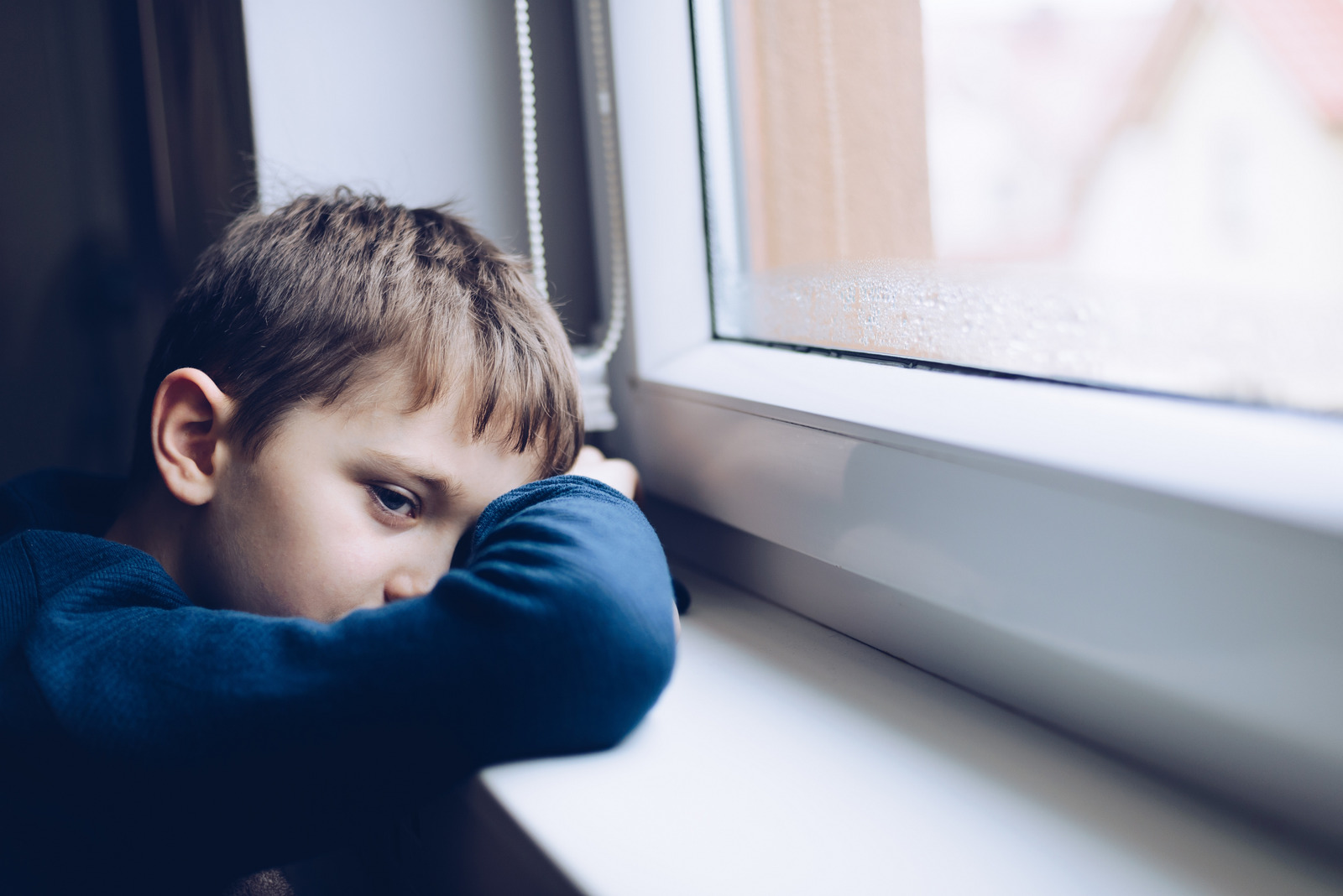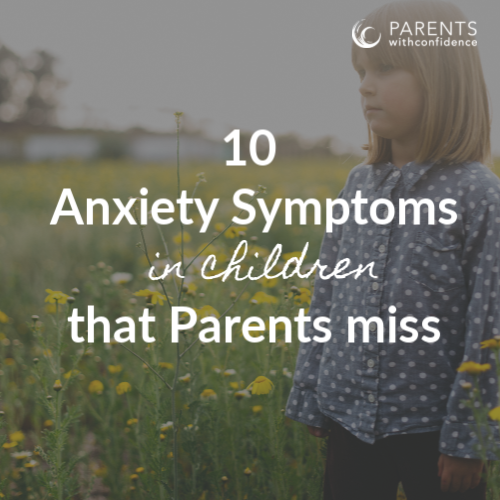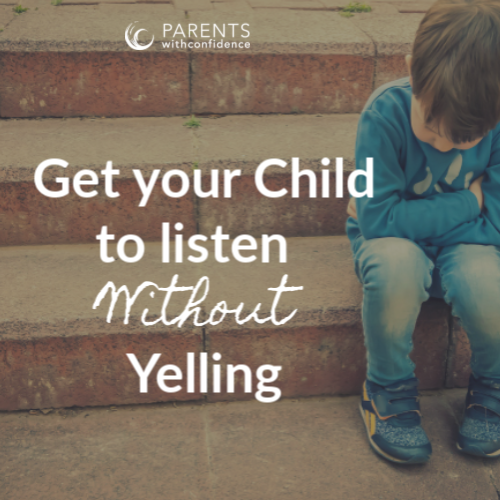How to Protect Your Child From Stress + Anxiety in a Stressful Modern World
Inside: Learn 11 Ways to Protect your Child’s Mental Health in our busy world and why your child’s emotional health matters just as much as academics.
Simply put, our brains were not designed to navigate the stress and anxiety offered up by today’s modern world.
This applies twofold for our children whose brains are still undergoing development and refining their abilities to mitigate and cope with stress.
Sending my 8-year-old son into a world of ever-increasing academic standards, behavioral demands and active shooter drills feels daunting.
Sending my Middle Schoolers off to a world of increasing technology, social media pressures and actual safety threats happening at their school feels downright scary.
I choose to focus on my ability to maintain a sense of emotional safety and security for my kids at home.
I don’t remember another time (in my lifetime at least) when the collective stressors of the world were stacked higher than they are now, and there’s no doubt this energy of fear and uncertainty travels through the cracks of our home.

I want to do what I can to protect their emotional well-being as much as possible while they’re still at home under my roof.
I know that if my 10-year-old is having anxious thoughts, she won’t have the motivation or focus to get through 90 minutes of schoolwork…and that if my sensitive 8-year-old absorbs the words and energy around him he’ll start reporting “I’m hungry” about every 20 minutes, or “my stomach hurts” (both telltale signs of anxiety).
The preventative approach to your child’s mental health is always better
Many parents wait until their child is struggling and needs to get outside support to help them navigate through the challenges that have reached a crescendo. Why wait?
Your child will greatly benefit from these powerful preventative measures to help keep their stress level low and to prevent any anxiety from developing.
Here are 11 ways to support your child’s emotional health right now
Take care of your own emotions
Your tone, energy, and overall emotional presence serves as your child’s emotional guidepost.
This doesn’t require you to be a perfectly happy and well-balanced parent at all times, but it does require you to practice emotional self-awareness by taking the necessary steps to work through your stress and take care of yourself physically and emotionally.

Look deeper
My 8-year-old has broken down in tears more times than I can count…when she gets stuck trying to sign in to an electronic device or is unable to find her toothbrush. Just as you do, your child is going to have heightened emotions at times.
While I know you’d love your child to approach you and calmly communicate everything that’s going through their little mind, their emotions will more often than not, come out in the form of arguments, anger, or tears.
It will be tempting to respond to the behavior you see on the surface, “There’s no need to cry about this!”.
You’ll have much better luck if you assume your child’s seemingly oversized reaction has more to do with pent-up emotions coming up for air than it does the topic at hand. Unconditional comfort and support over judgment and criticism is the answer.
Invite emotions in
A great way to keep emotions from building up on the surface is to do regular ‘check-ins’ with your child. Taking a moment to ask them how they’re doing with all the changes happening right now, will go far to create a safe place for bringing up worries or concerns (look for the free printable for this at the end of the post).
Provide visuals to help them identify how they’re feeling( This feelings chart and flashcards work perfectly for kids ages 3-9).
Normalizing the very healthy and typical swirling of emotion within your child will help to decrease their stress, and help them learn how to accept and work through their emotions.
Related: 75 Calm Down Strategies for Kids That Work
Keep them moving
As stress hormones build up in their little body, your child needs consistent avenues to ‘blow off steam’.
Physical activity gives your child calming and regulating sensory input which helps to disengage the emotional area of their brain (where stress and anxiety live) and strengthens the part of the brain responsible for focus, self-control and decision-making (the pre-frontal cortex).
Monitor their media
Evidence shows that exposure to news programming and other scary screentime can cause children to experience fear and anxiety. When children are exposed to violent or aggressive content, their brains often process it in the same way as if it were actually happening to them.
If children are exposed to mature content in the news that their maturing brains can’t yet process, it will leave them feeling overwhelmed and anxious.
Related>> 10 Anxiety Symptoms in Children Most Parents Miss
Get them outdoors
We’re stuck at home but that doesn’t mean we’re stuck inside. The benefits of nature for kids are incredible and spending time outside is one of the most powerful coping strategies you’ll need to ensure your child has access to in upcoming weeks.
Time spent in nature has been shown in studies to boost our mood and ability for self-regulation, or our ability to manage incoming stress. Enough said.

Always do this more than you talk
Listening to your child’s thoughts and concerns both large and small is an enormous way to communicate to them that they’re seen and valued as individuals.
Just as you perceive a great loss of control during this time of quarantine, your child does too. Giving them more opportunities for control and leadership will go a long way to help meet their need for autonomy.
Only share age-appropriate facts and information about Scary things
It’s easy to forget that your child’s brain is underdeveloped and has very different processing abilities than yours.
Aim for sharing only important facts in simple age-appropriate language about unsettling news, leaving out any information that may overwhelm your child or cause them anxiety.
A great way to start difficult discussions about overwhelming and scary things is to ask open-ended questions such as,
“Do you have any questions about __________?” or “What have you heard about_______ already?”
Provide a sense of safety at home
Hands down the most powerful thing you can do to provide your child with an underlying sense of safety and calm is to connect with them each day.
True connection means really seeing your child, taking the time to meet them on their level and enter in their world. This might look like letting your child pick a board game to play, sitting down on the floor with them and just listening, or cuddling in bed at night with absolutely no agenda.

Leave plenty of time to play
Not only does your child release stress through play, but play is also the magical conduit to growth and development in many areas relating to your child’s social and emotional health including communication skills (listening skills), emotional intelligence (how to manage emotions in healthy ways), confidence (how to self-direct and persevere) and self-control (inhibiting impulses for the greater good).
Time for free play is just as important to your child as the time to do a math worksheet or read.
Nurture important connections
Research consistently shows that feeling connected to others and part of a bigger whole is essential for emotional well-being.
There are some simple things you can do with your child to encourage a sense of interconnectedness right in your living room.
Taking the time to call a great-grandparent or make a card for a neighbor models kindness to those in need. Not only do acts of kindness correlate to increased feelings of happiness and contentment, but they also produce emotional ‘powerhouse’ qualities such as empathy and compassion with counter feelings of depression and anxiety.

Please don’t wait until it’s too late
In this fast-paced and uncertain world, your child’s emotional well-being hangs in the balance.
The emotional tone you set at home and the small daily steps you take to help provide them safety and comfort will serve as enormous protective factors (conditions that mitigate risk and increase health and well-being) for your child both now and ongoing through their development.
P.S. Want an awesome visual tool to help you keep close tabs on your child’s mental and emotional health?
Grab your free printable daily check-in sheet!
This post comes with a free printable daily check-in worksheet! An easy way to give your child the chance to communicate how they’re feeling and thinking to keep their emotional health as a priority.
Here’s a peek at it…

- Download the daily check-in worksheet. You’ll get the printable, plus join 12,000+ parents who receive my weekly insights, tips, and strategies on how to raise emotionally healthy kids who will change the world, every week!
- Print.
- Place it on your refrigerator or in a centralized area (Reuse with dry-erase markers by placing in a plastic sheet protector pouch, or laminating:)
Click HERE to get your printable list and join!
Other articles you’d enjoy:










Thank you, very helpful!
So glad it was helpful and thanks so much for reading:) Angela